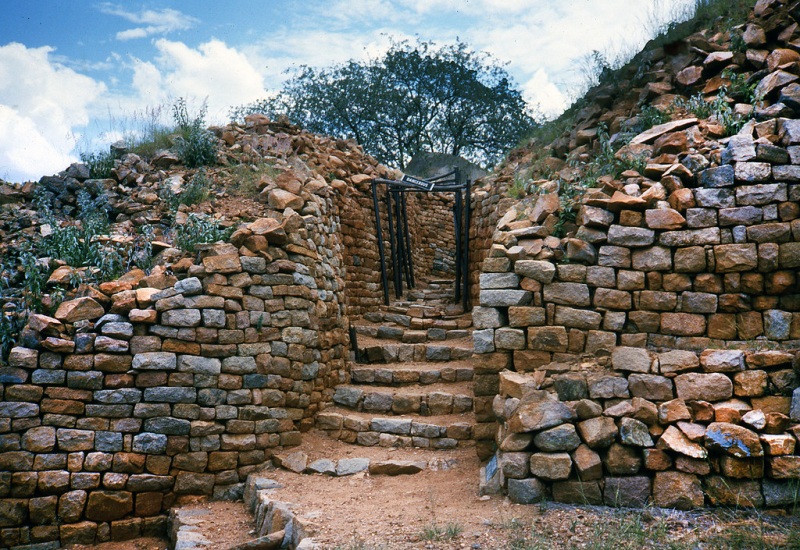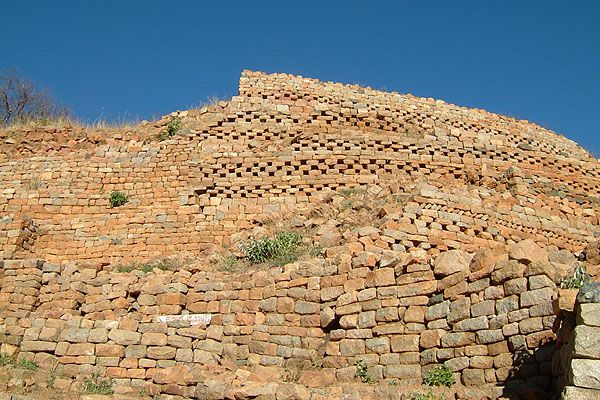Khami Ruins
Khami (also spelled Khame, Kame, or Kami) is a destroyed city in Zimbabwe located 22 kilometers west of Bulawayo. It was previously the capital of the Torwa dynasty's Kingdom of Butwa. It is now a national monument, and in 1986, it was designated as a UNESCO World Heritage Site.
Khami was the Torwa dynasty's capital for roughly 200 years, beginning in 1450, and thought to have been founded around the time the state of Great Zimbabwe vanished. Changamire Dombo led an army of Rozvi rebels from the Mwenemutapa ("Monomotapa") State to take it after that (the traditional date is 1683). The location was not occupied after the Rozvi took possession, according to excavations. Danamombe (Dhlo-Dhlo), another Khami phase site, became the Rozvi's new capital. Nguni-speaking Ndebele warriors drove them out of Khami and many of the other settlements they had established in the 1830s.
The royal family occupied seven built-up areas on the site of Khami, while the commoners occupied open spaces in the valley. The structure consists of dry stone walls around circular, occasionally terraced, artificial platforms. The precipice platform's wonderfully ornamented 6m-high by 68m-long retaining wall has a checkerboard motif running the length of it. The platforms, which rose 2–7 meters above ground level, housed dhaka (clay) cottages and courtyards for persons of lower social position. Below the Hill Complex, the ruins of livestock kraals and regular people's homes can be observed. A royal enclosure or Hill Complex, which had to be built on higher ground than other structures, stone walls and hut platforms, and a Christian cross thought to have been put by a contemporary missionary are among the remnants. On the Khami River's eastern bank, there are other ruins. Cattle kraals and a checkered retaining wall are thought to have served as additional platforms. The walls of the western parts of the Hill Complex were completely painted in checker, herringbone, cord, and variegated stone blocks, according to recent excavations (2000–2006).
The Zimbabwean National Museums and Monuments initiated a restoration and recording initiative in the early 2000s with the goal of preserving and restoring the stone walls. To date, the notable achievements are the stabilization and restoration of terrace walls on the Main, Cross and North platforms.
Location: Matabeleland North Province, Zimbabwe







